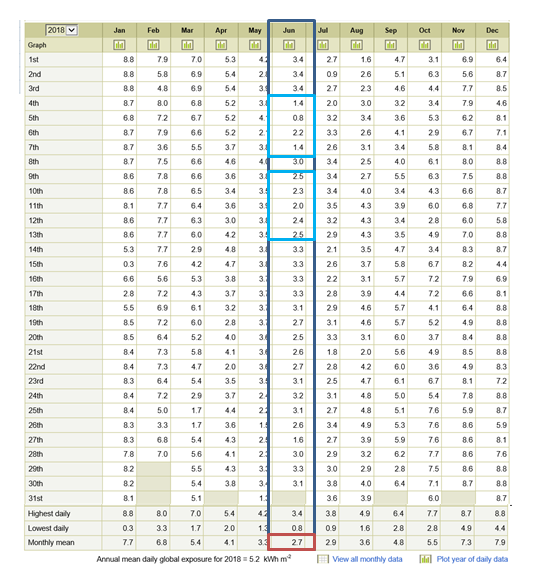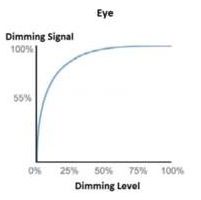
Why is communication such a big deal?
This chart shows the historic average Peak Sun-hours for Australia.
It shows that for Perth Western Australia, the seasonally adjusted worst month average was 4.39 sun-hours.
A solar system designer would/should look at historic information to use as a guide when determining the sizes of the various components for any proposed lighting system.
The lower chart however is the actual 2018 daily sun-hour chart supplied by the Australian Bureau of Meteorology for Perth.
In the red box at the bottom, it shows the monthly mean of 2.7 sun-hours.
The blue boxes show 2 x 4 day periods over 9 days where the daily sun-hours were below the monthly average which in itself was 61% of the historic worse case average.
The result was that the Battery Management System turned the lights off due to over discharge of the battery and kept the lights off untill the battery reached the over discharge re-connect level.

So what is the lesson here?
Should the designer have been more conservative with their sun-hour calculations?
The answer is no. You can only use the data that is available at the time.
How big a fudge factor does one allow for. It wouldn’t matter how conservative the numbers are, there will always be times when the actual situation is worse than the records show.
Remember, the more conservative the calculations, the bigger the system needs to be to compensate and that means a bigger cost apart from other issues like engineering.
So what was the solution, keeping in mind the 3 major design criteria?
1. the light quality has to be good
2. protect the battery.
3. operate all night or as long as possible during the peak times.
The choice is simple. Either generate more or use less power. Given that we cannot control the weather, we have to address the use of power.
There are only 2 ways to reduce power consumption. Either reduce the brightness and/or reduce the operating times.
Research suggests that the eye cannot perceive much difference between 100% to 70% brightness however the the saving in power consumption is significant.


So what do we know….
- The display has to look good.
- The battery must be protected.
- Peak hour times are the most important time for any advertiser.
- Primary peak time is when the traffic is approaching the display.
- Could be in the evening or in the morning.
- In bad weather condition we need to change consumption
- We can reduce the brightness
- We can reduce the operating times
The Bottom Line
Acknowledging the need to make a change is one thing. Doing it it another.
The logistics of travelling around to every site, accessing and linking into the controller and reprogramming it is extremely time consuming and costly only to have the weather conditions change the next day or so and then having to repeat the process.
If there was a way to monitor the condition of the battery, make daily calculations based on live sun-hour data, knowing what the performance parameters were and then make operational adjustments on a daily basis without the need to go to the site and do reprogramming .
